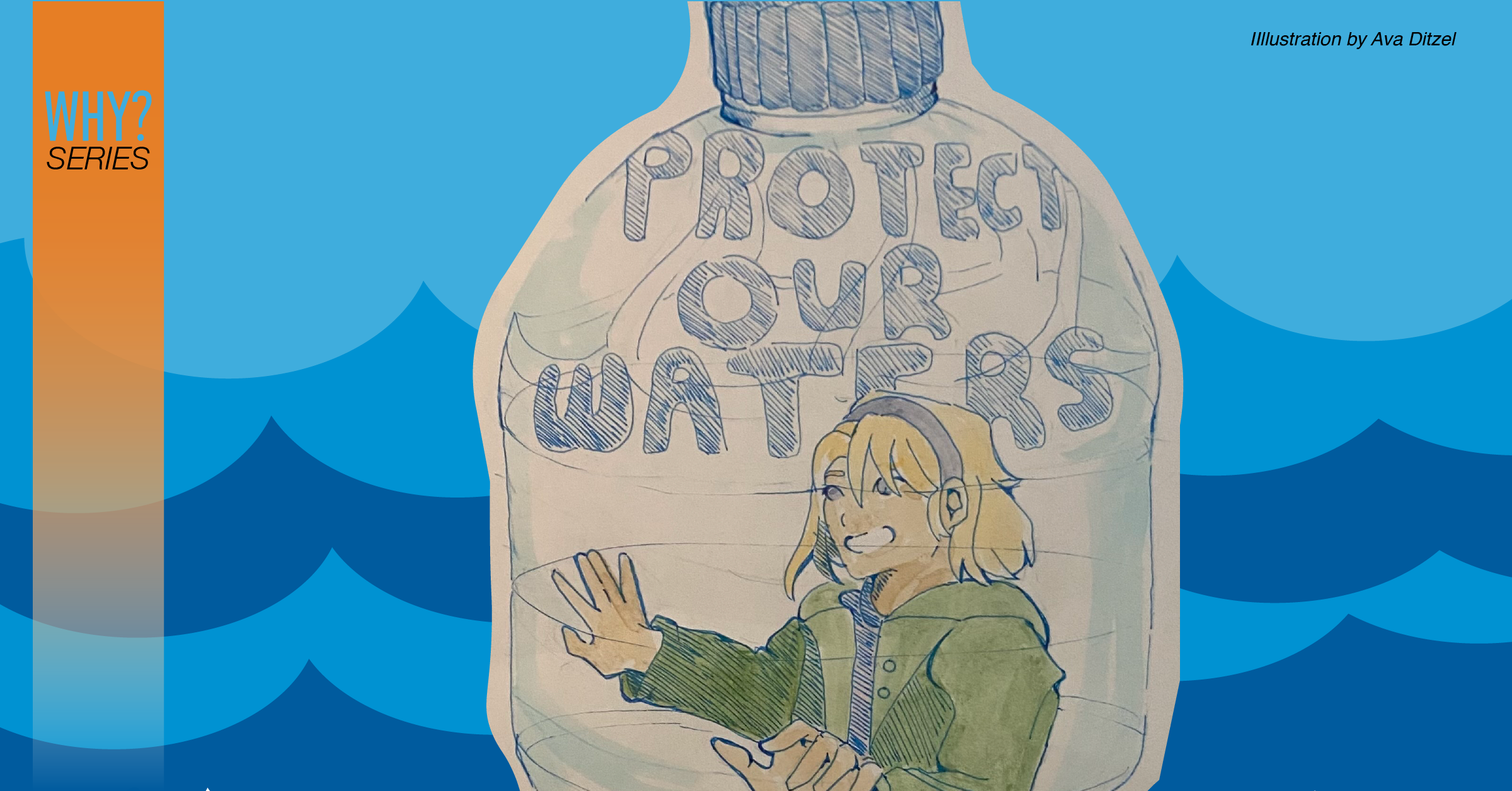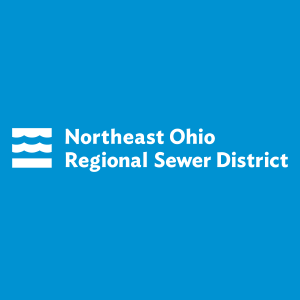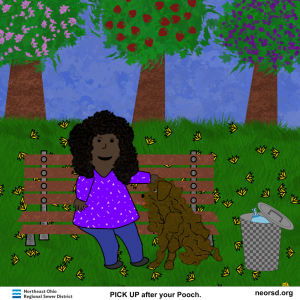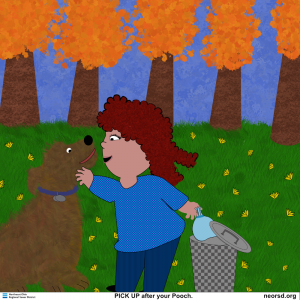Special thanks to the Northeast Ohio Regional Sewer District for supporting our programming.
Water is an integral part of our lives, to say the least. It serves countless purposes, from being essential to our well-being to cleaning our clothes and dishes. Unfortunately, the global water crisis is growing larger and larger every day. Around 785 million people lack access to safe water, and a staggering two billion people do not have access to a toilet. The absence of water creates larger, dangerous issues of health and sanitation in individuals and in communities. Water stewardship is one solution to this problem that belongs to everyone.
What Is Water Stewardship?

What is water stewardship, exactly? Water stewardship is the sustainable, socially equitable, and economically beneficial treatment of water by utilities, businesses, and communities. Water stewardship has the most profound effect on corporations, especially corporations that require the usage of water in their operations, like the agricultural, mining, and food and beverage industries. Our current management of water supplies is not sustainable enough. Competition between water users—farmers, communities, and businesses—leads to undesirable consequences. Other factors create tension, such as a growing population and a higher demand for products that require a lot of water. Whether they use water to irrigate, clean, or cool, most if not all industries are capable of improving the current water crisis or playing a role in the solution. Too much water, not enough water, and unclean water all pose potential risks to basic human rights, as well as inefficient and polluting operations, productions, and services. Companies have the ability to practice water stewardship, through measures such as providing clean drinking water, maintaining proper sanitation services, and promoting good hygiene. They must understand how they use their water and what types of contaminants are in their wastewater.
Water stewardship is a long-term commitment; it is not simply installing a drinking fountain or a toilet once. Instead, it includes regularly cleaning forementioned facilities, testing drinking water for contaminants, supplying sanitary stocks, and more. Businesses should use water meters to identify leaks and eradicate them and measure water use and pollution using key performance indicators (KPI). KPIs show progress to water efficiency. There are different types of KPIs that can be used in numerous companies.
What Can You Do?
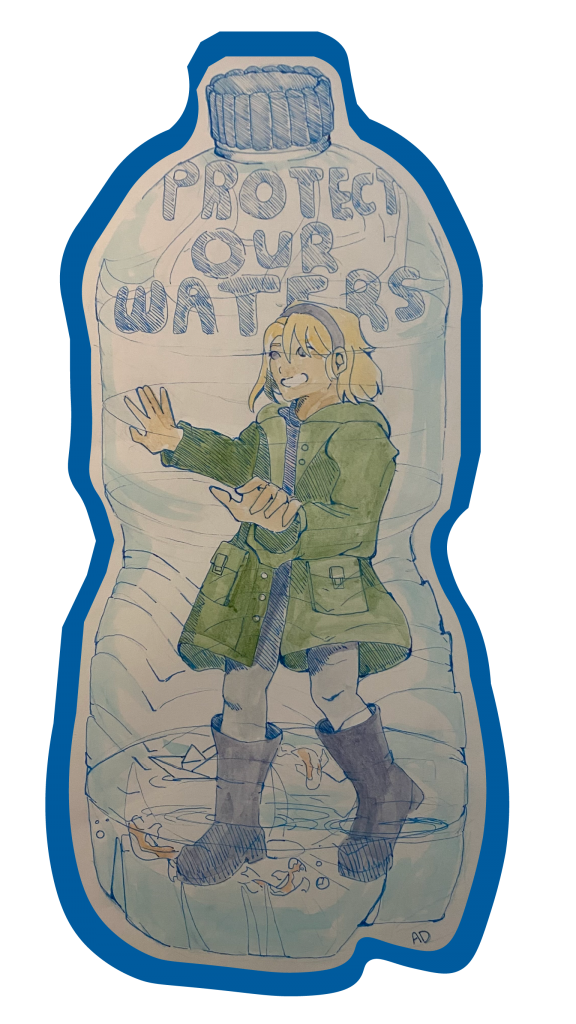
As a single person, what are some things you can do? If you want to help this important effort, the best action you can take is to get involved. Educating yourself about water conservation and current water issues is a major first step. Organizations around the world offer opportunities to learn about sustainable treatments of water. There are organizations that offer online and in-person training to help you be informed about water conservation. For instance, the Alliance for Water Stewardship (AWS) hosts sessions that teach trainees the techniques of water stewardship, the use of the AWS Standard, tools that support water stewardship activity, various potential water risks, and the ability to promote water stewardship to their organizations. Monitor your personal water practices. Approach your daily activities with an environmentally aware mindset. Solving the global water crisis is a problem for all of us. If communities, organizations, businesses, and more succeed in adopting water stewardship, the world and its people will benefit from it.
If you’re interested in organizations to help you become a better water steward, check out the AWS. Look into WASH Supply Chain Tools, which helps businesses understand the process of managing water, sanitation, and hygiene (WASH), especially in response to COVID-19. The Water Footprint Network exists as a platform for businesses, organizations, and individuals to collaborate in their journeys to advocate for smart and fair water use.

If you are located in the northeastern Ohio area, be sure to check out the Northeast Ohio Regional Sewer District. They own and manage different wastewater treatments and offer affordable, cost-saving services like sewer and plumbing repairs. Their mission to initiate and maintain environmentally sustainable practices is one we can all learn to adopt.
Connect with Northeast Ohio Regional Sewer District on social media
- https://twitter.com/neorsd
- https://www.facebook.com/yoursewerdistrict
- https://www.youtube.com/user/neorsdccr
- https://www.instagram.com/neorsd/
- https://www.pinterest.com/wallywaterdrop/
References
- CEO Water Mandate. (2020, May 18). Water Stewardship 101: The Basics. https://ceowatermandate.org/university/101-the-basics/lessons/the-water-stewardship-journey/.
- Northeast Ohio Region Sewer District. (2017). Mission, Vision, Values & Responsibilities. NEORSD. https://www.neorsd.org/about/missionvisionvalues-responsibilities/.
- UN-Water. (2020). Scarcity: UN-Water. UN. https://www.unwater.org/water-facts/scarcity/.
- Water Footprint Network. (2020). The Water Footprint Network. Home. https://waterfootprint.org/en/about-us/.
- WWF-UK. (n.d.). Water Stewardship. WWF. https://www.wwf.org.uk/what-we-do/projects/water-stewardship.
- WWF. (2020). The Water Risk Filter. https://waterriskfilter.panda.org/.

